Katia Barrett
Mechanical environment and fate specification during mammalian morphogenesis
Team: Pierre-François Lenne (IBDM) - Félix Rico (LAI) - Mathias Merkel (CPT)
Her background
November 2019 - present | CENTURI PhD student
2017 - 2019 | MSc Interdisciplinary Approaches to Life Sciences - Centre for Research and Interdisciplinarity (Paris, France)
2013 - 2016 | Master of fine Art, Research based practice - Dutch Art Institute (Arnhemn Netherland)
2007 - 2010 | Bachelor of Art (hons), Art Practice (First class Honors) - Goldsmiths University (London, UK)
Contact
About her PhD project
It has been shown that given the right morphogenic stimulus embryonic stem cells can self organise and reliably establish an anterior-posterior axis which marks an early critical step in embryonic morphogenesis. With a minimal in vitro system (embryonic organoids), we are able to better probe fundamental principles guiding this process that remain difficult in vivo. Whilst many approaches to understanding embryonic patterning have limited to mapping temporal morphogenic signalling, we would like to build on growing evidence that regional differences in mechanical properties arising in early embryogenesis are likely to play an important role in guiding this process. Mechanical regional differences in embryonic organoids are mainly given by the physical constraints impeded by multicellular aggregate formation, cell-cell interactions, and extracellular matrix. We will characterise the dynamic microenvironment of the cells, paying particular attention to the extracellular matrix as it exhibits unique regional topographies that are known to interact with cells, influencing responsiveness to signalling molecules and guiding differentiation. We will determine possible crosstalk between biochemical and biomechanical contributors of axial elongation by comparing differentiation of embryonic organoids in 2D spatially constrained and 3D free-boundary conditions.







